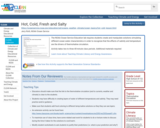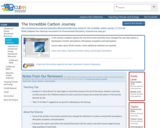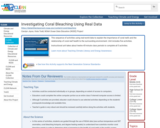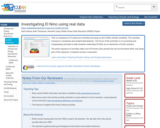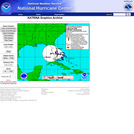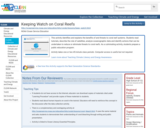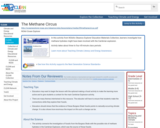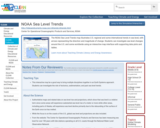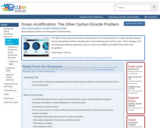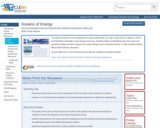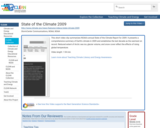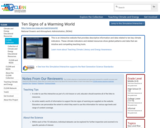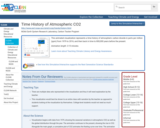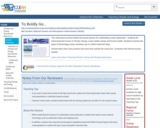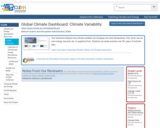
This interactive displays how climate variables are changing over time (temperature, CO2, Arctic sea ice, sun's energy, sea level, etc.) in graphical form. Students can easily examine over 50+ years of archived data.
- Subject:
- Career and Technical Education
- Environmental Studies
- Physical Science
- Material Type:
- Reading
- Simulation
- Provider:
- CLEAN: Climate Literacy and Energy Awareness Network
- Provider Set:
- CLEAN: Climate Literacy and Energy Awareness Network
- Author:
- NOAA
- National Oceanic and Atmospheric Administration
- Date Added:
- 08/29/2012
